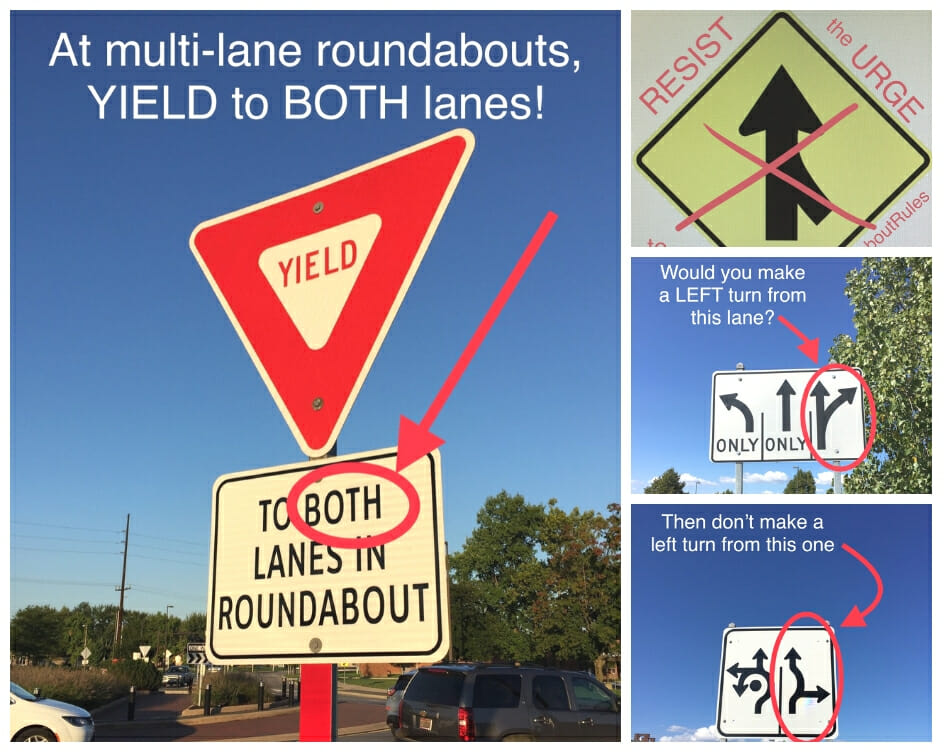The first roundabout was built in Hilliard 16 years ago, and since then, there has not been a serious injury or fatality at any of the City’s 16 roundabouts. The City hopes that through education and outreach, fewer minor crashes will occur at the roundabouts.
The Federal Highway Administration (FHA) has made the third week in September National Roundabouts Week to highlight the safety and traffic moving abilities of roundabouts. Not only do the circular intersections help improve traffic flow, but they are also great at reducing the severity of accidents and injury.
Roundabouts are a tool to manage high volumes of traffic with less pavement and less delay than at traditional intersections while keeping vehicle speeds down. Because roundabouts force drivers to slow down, they offer a safer alternative for both drivers and pedestrians. In fact, roundabouts reduce the types of crashes where people are seriously hurt or killed by about 80% when compared to conventional stop-controlled and signalized intersections.
In observance of National #RoundaboutsWeek, please take the time to familiarize yourself with these roundabout rules:
Yield to BOTH lanes
In Hilliard, there are both single and multi-lane roundabouts. At both types, slow down, look left, and yield to the traffic in the circle. When driving a multi-lane roundabout, yield to BOTH lanes. Resist the urge to merge into the outside lane because the inside lane may exit.
Check the signs and choose the correct lane
When approaching a multi-lane roundabout, always check the signs and road markings to choose the correct lane, just like you would at a traditional intersection with a stop light. Typically, the right lane is for through movements and right turns, and the left lane is for through movements and left turns. Each intersection (roundabout or stop light) may be different, so always check the signs to be sure. Maintain your lane as you maneuver through the roundabout and exit.
Yield to pedestrians at the crosswalks
Roundabouts offer a safer solution for pedestrians than traditional crosswalks because vehicle speeds are slower, and the crossing distances are shorter. As a driver, when you approach a roundabout, slow down, look for pedestrians and yield to pedestrians crossing at the entry and exit crosswalks.

Tags: Roundabout Week
Original source can be found here.
 Alerts Sign-up
Alerts Sign-up